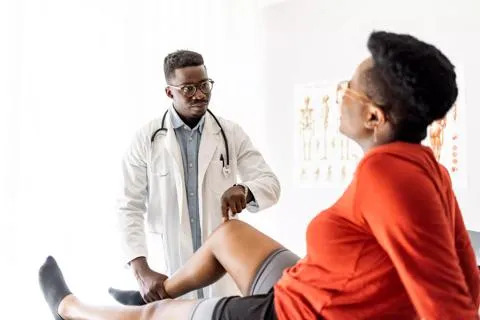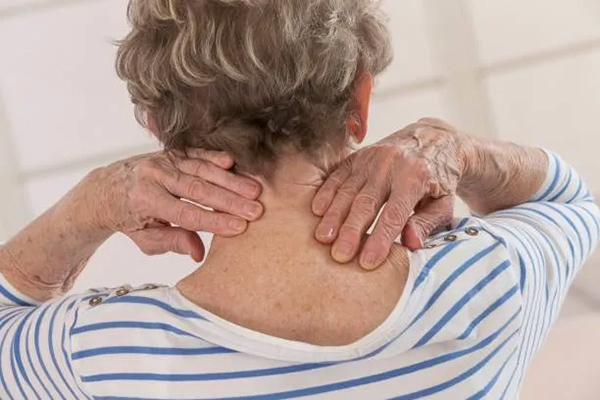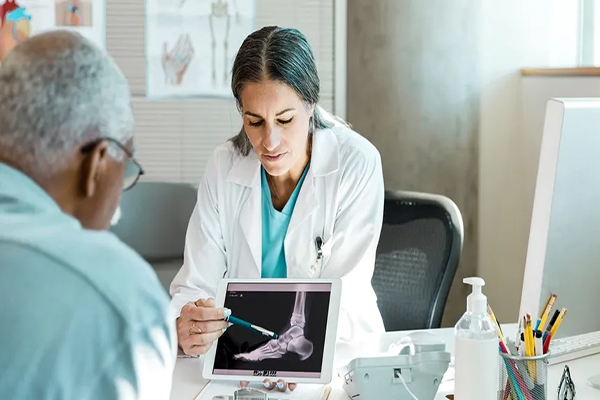This common form of inflammatory arthritis affects individuals over 16, predominantly females. Symptoms include joint pain, swelling, and morning stiffness. Early diagnosis and treatment prevent deformities and organ damage.
DEPARTMENT OF RHEUMATOLOGY
Excellence in Rheumatology Care - IRIS



What is Arthritis?
Pain and swelling of joints and surrounding structures is called Arthritis. Arthritis affects people of all age groups. They can affect one joint or multiple joints. However, some so-called arthritis can involve not just joints but other organs such as skin, lungs, kidney, brain, heart, etc.
Along with pain, Arthritis can also cause other symptoms like fever, skin rashes, weight loss, blood in urine, weakness, breathlessness, and so on to an extent.
Conditions We Effectively Treat and Manage




Fibromyalgia
Characterized by generalized pain affecting multiple body sites, commonly in females. Includes physiotherapy and medication for treatment.
Book Now
Myofascial Pain Syndromes
Associated with pain and tightness in localized areas. Managed through exercise, physical modalities, and medications.
Book Now
Cervical Spondylosis
Results from wear and tear of the neck spine bones. Treated with painkillers and graded physiotherapy.
Book Now

Rotator Cuff Tendinitis
Characterized by wear and tear of the rotator cuff muscles. Managed with painkillers and graded physiotherapy.
Book NowMedial Epicondylitis (Golfers Elbow)
Characterized by pain in the medial elbows. Treated with physiotherapy, rest, and pain relievers.
Book Now
Lateral Epicondylitis (Tennis Elbow)
Characterized by pain in the lateral elbows. Treated with physiotherapy, rest, and pain relievers.
Book Now

Osteoarthritis
The most common joint disease, caused by wear and tear. Managed with physiotherapy and painkillers, with possible joint replacement.
Book Now
Reflex Sympathetic Dystrophy
Occurs after trauma and involves neural mediation. Treated with bisphosphonates and alpha-blockers, as painkillers are ineffective.
Book Now
Osteomalacia & Vitamin D Deficiency
Vitamin D deficiency affects bone health. Managed by increasing sunlight exposure and Vitamin D supplementation.
Book Now
Osteoporosis
Characterized by decreased calcium levels, leading to fractures. Diagnosed by X-rays and Dexa scans; managed with timely treatment.
Book Now
Plantar Fasciitis
Causes heel pain due to muscle attachment wear and tear. Treated with physiotherapy and changes in footwear.
Book Now
Bursitis
Inflammation of bursae affecting joints. Commonly affects shoulder, elbow, hip. Treated with rest, ice, and pain relievers.
Book Now